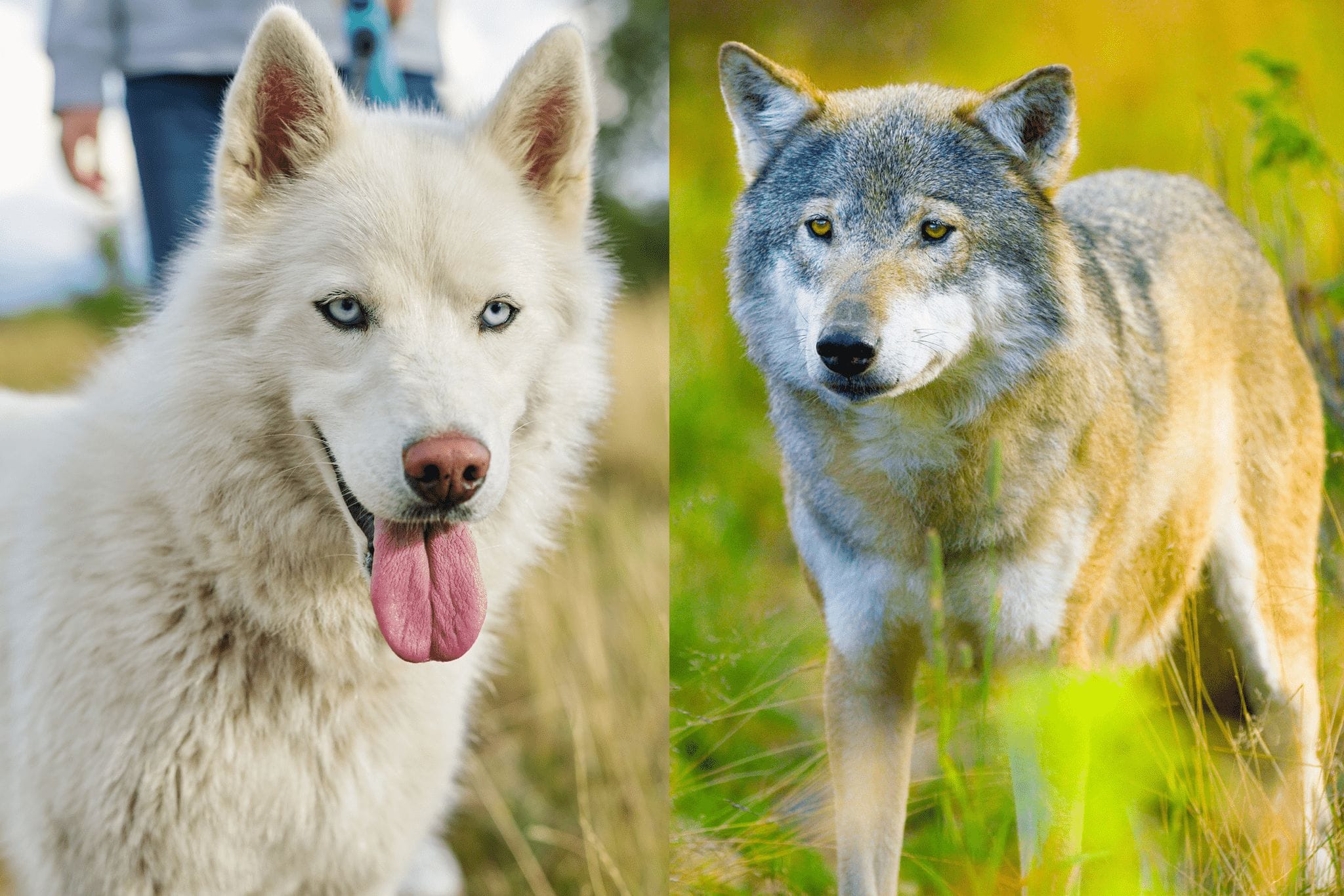
It is a commonly known fact that dogs are descendants of wolves. But how much do we know about the size difference between the two species? In this blog post, we will compare and contrast the size of wolves and dogs to see just how different they really are. Spoiler alert: Wolves are much bigger than dogs! Keep reading to learn more.
Table of contents
Wolves are much larger than dogs
Both in terms of height and weight. The average wolf stands about 32 inches at the shoulder, while the average dog stands only about 24 inches tall.
When it comes to weight, wolves typically weigh between 60 and 175 pounds, while dogs usually weigh between 30 and 80 pounds. So, when you see a Wolfhound or a Great Dane, they are actually closer in size to a Wolf than they are to a Chihuahua!
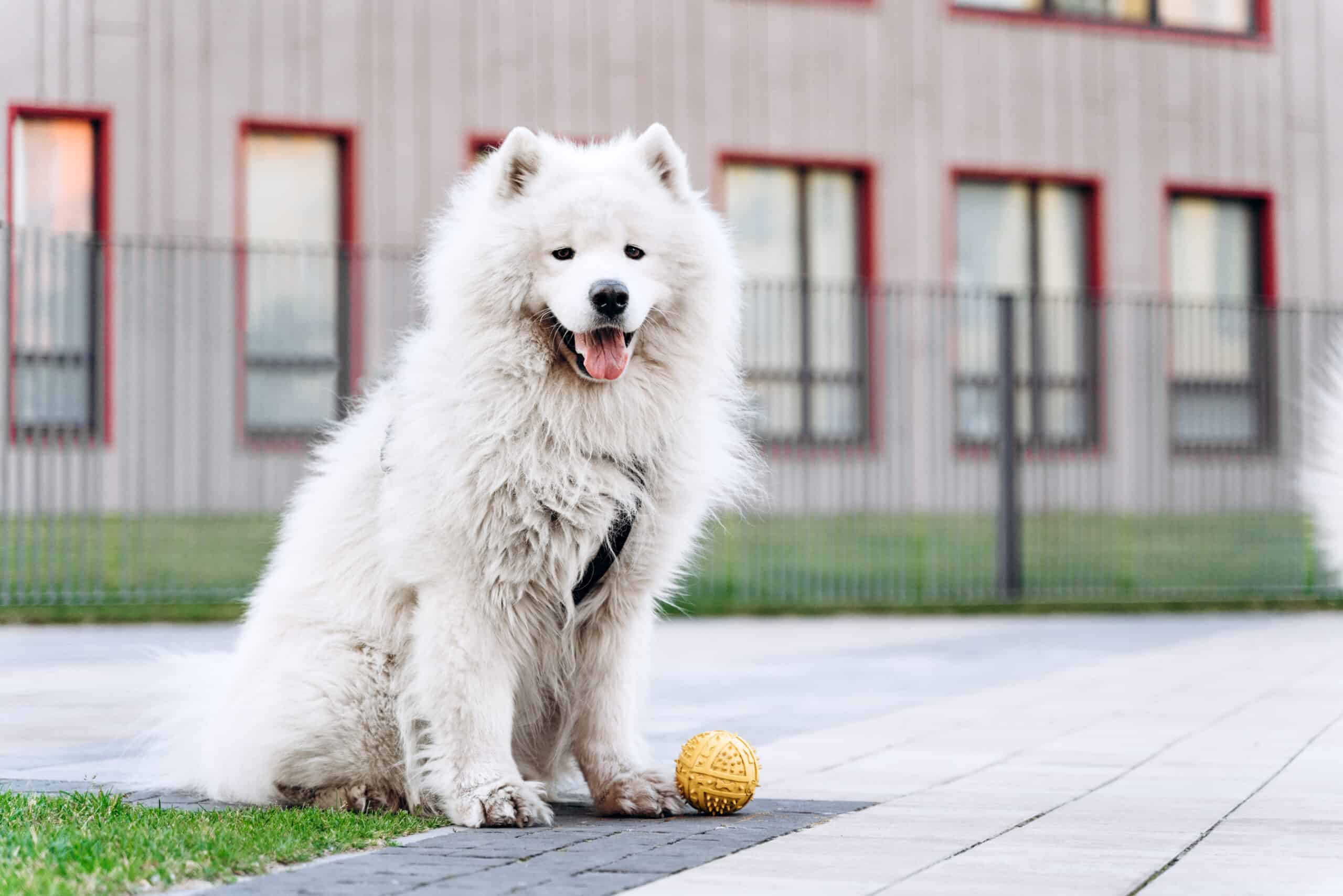
Not only are wolves larger than dogs, but they also have much longer legs. This gives them an advantage when it comes to running and sprinting, as they can cover more ground with each stride.
Wolves can run up to 35 miles per hour for short periods of time, which is faster than the average dog. Nonetheless, greyhounds are still faster with a top speed of 45 miles per hour.
Wolves are more intelligent than dogs
Studies have shown that wolves are more intelligent than dogs, as they are better at problem-solving and understanding complex concepts
For example, in one experiment, wolves were able to figure out how to open a door in order to get food rewards, while dogs just sat and whined
Another study found that wolves are better than dogs at remembering the location of hidden food, even after a long delay.

These studies suggest that wolves are better at understanding and responding to complex situations than dogs.
Take a look at the experiment where dogs and wolves had to guess on which side the treat was.
Of the two species, only wolves demonstrated an ability to understand cause and effect. Dogs were not able to make casual inferences about where food was located.
Dogs and wolves share many characteristics
Though they may seem different at first glance, dogs and wolves actually share a lot in common. For one thing, they are both members of the Canidae family, which includes other carnivorous mammals like foxes and jackals.
They also share a similar anatomy, with both having four legs, pointed ears, and long snouts. Furthermore, they are both highly social animals that live in packs.
Though there are some important differences between dogs and wolves – for instance, wolves are generally larger and have sharper teeth – it is clear that they share many key characteristics.
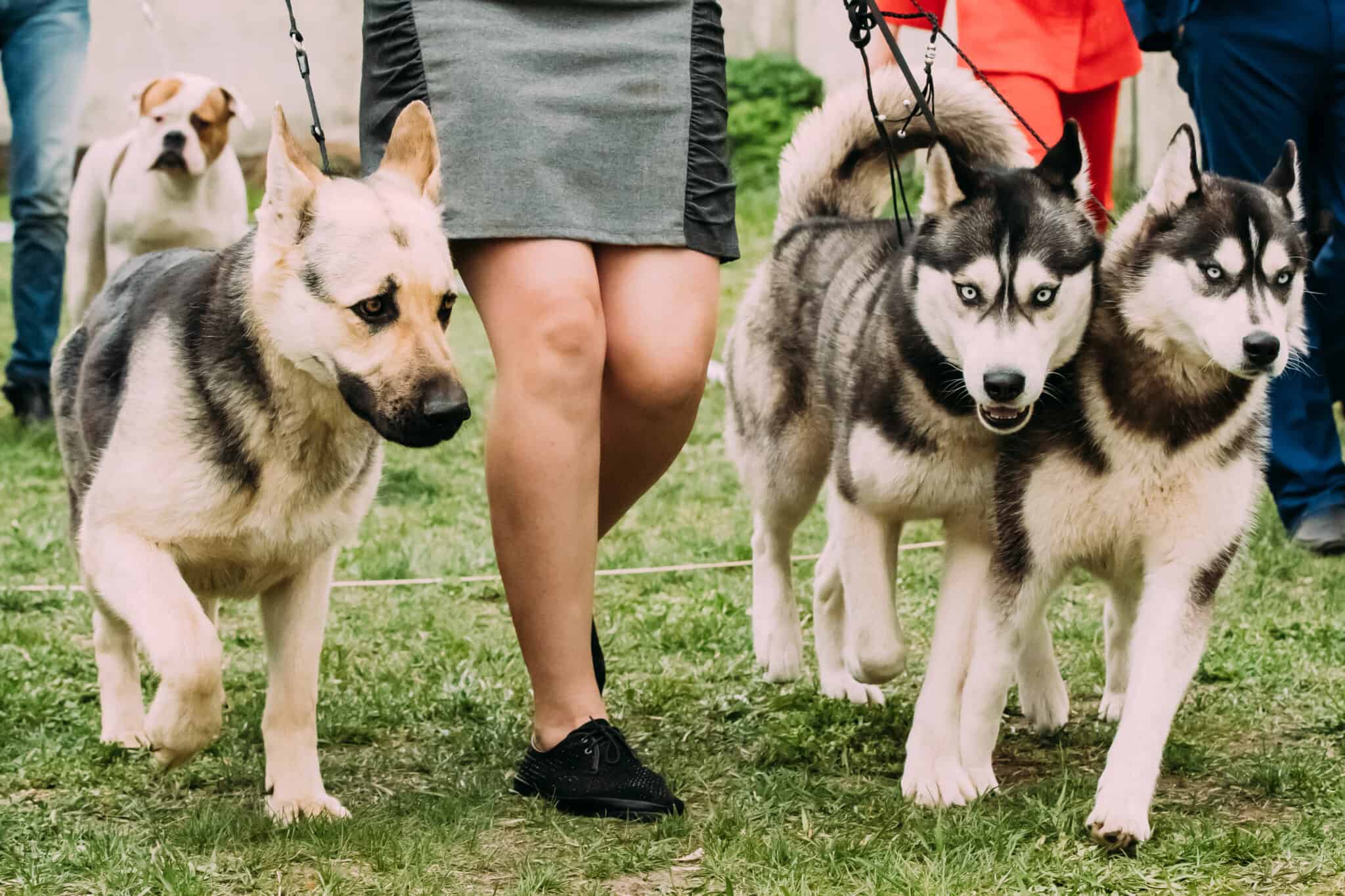
Despite their size, wolves are shy and timid creatures
Many people believe that wolves are fierce and dangerous animals, but this is far from the truth. In reality, wolves are shy creatures that tend to avoid humans. They are also very timid, and will often back away from a confrontation.
This is not to say that wolves are completely harmless – they can be dangerous if they feel threatened or if they are protecting their pack. However, attacks on humans are very rare, and most wolf interactions with people are peaceful.
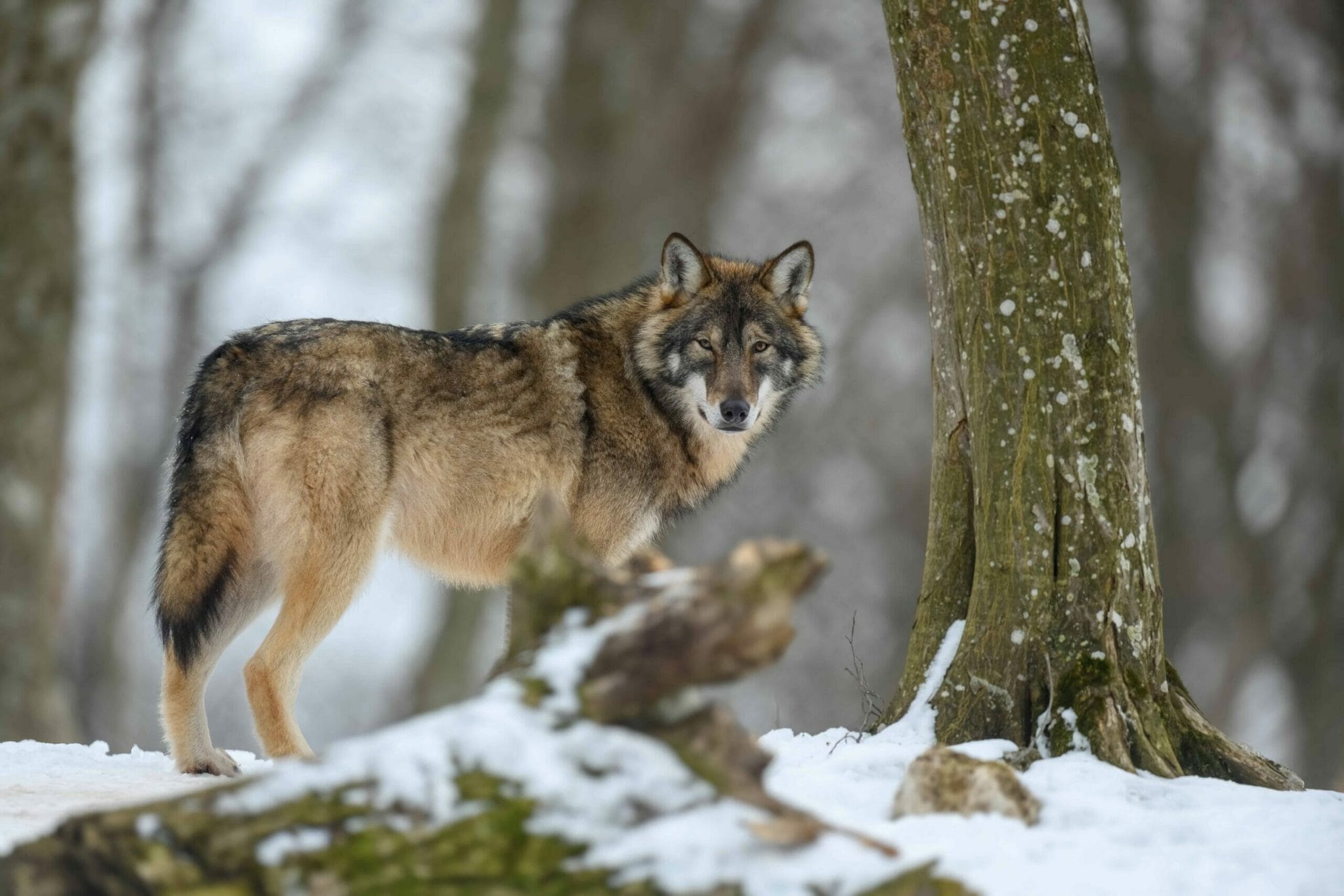
Can you have a wolf as pet?
Many people believe that it is possible to own a wolf as a pet. However, this is illegal in many parts of the United States.
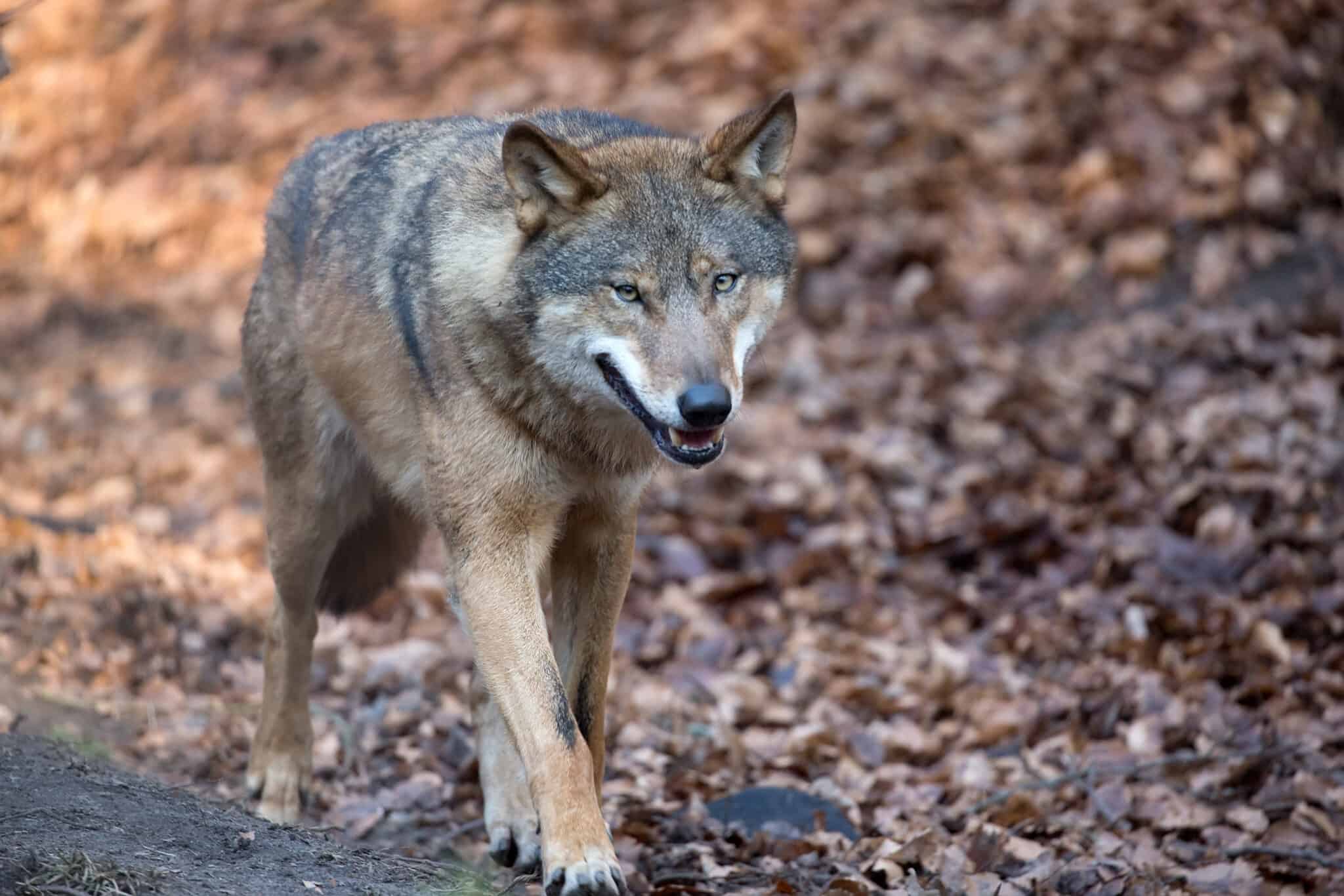
Wolves are classified as dangerous animals, and it is therefore against the law to keep one as a pet. There are also a number of practical reasons why owning a wolf would be difficult. For example, wolves require a lot of space to roam and play, and they often live in packs. This means that they would not be well suited to life in a typical suburban home.
In addition, wolves are wild animals, and their behavior may be unpredictable. They can also be aggressive, particularly during mating season. For these reasons, it is best to admire wolves from a distance rather than try to keep one as a pet.
Conclusion
Concluding this article, we can see that there are many differences between wolves and dogs, but also a lot of similarities. Wolves are generally larger than dogs, but they also share many characteristics, such as four legs, pointed ears, and long snouts. They are also both highly social animals that live in packs.
However, there are some important differences between the two species, such as the fact that wolves are shy and timid creatures that tend to avoid humans. Additionally, it is illegal to own a wolf as a pet in many parts of the United States. For these reasons, it is best to admire wolves from a distance.

